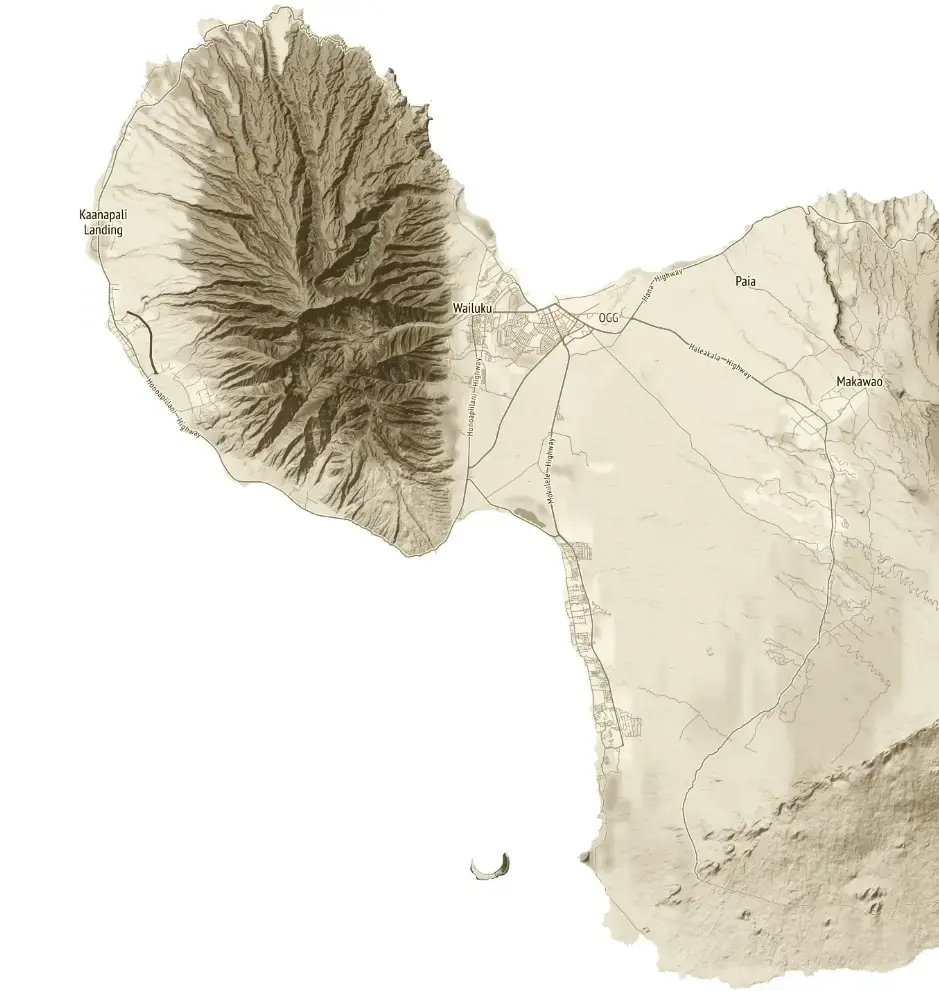Do you want to
snorkel at Molokini?
Snorkeling experience
Island
marine
preserve
The isolation of Molokini Crater creates a unique snorkeling experience. There are significant reasons why snorkeling at Molokini is so special. The quality of the water surrounding Molokini is superior, providing unsurpassed clarity. Visibility is consistently excellent, often in excess of 150 feet. Molokini is rock, with no soil to wash down into the water.
Absent of sediment, the water is amazingly clear allowing excellent sunlight penetration. This enhanced sunlight feeds the algae living inside the coral. Offshore currents bring food, while flushing away what little sediment exists. The result is a uniquely healthy coral reef providing unsurpassed snorkeling. Located in the middle of Molokini, this reef is protected from waves and surges.
Ready to discover?
Marine Life
Inside the sheltered arms of the crater, Molokini is an amazing underwater Marine Sanctuary. Underwater at Molokini is a flourishing coral reef, where thousands of fish and marine animals cohabitate. Molokini’s shallow reef is teeming with a wide variety of colorful and fascinating fish and marine animals. You will experience a rare opportunity to closely observe the marine life at Molokini.
Your Molokini snorkel adventure is one you will cherish and not soon forget! Molokini is the ultimate snorkeling experience, and because of its crystal clear sheltered waters, Molokini snorkeling is a safe and unique adventure for the entire family. From its shallow calm waters, diverse marine life and beautiful coral reef, Molokini is superb.
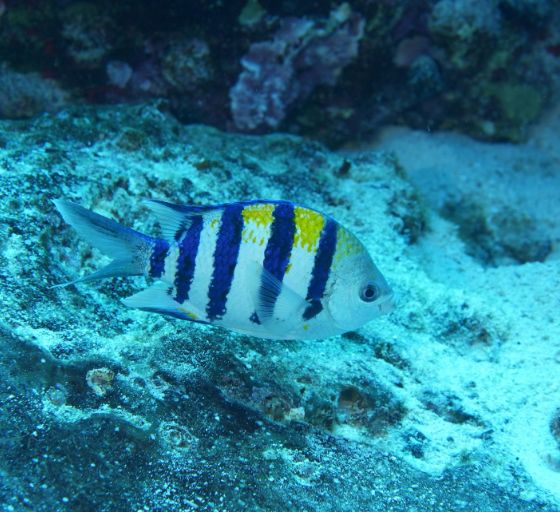
Nature Conservation
Molokini Island was declared a Marine Life Conservation District in 1977. Since then, with increased concerns and interest in the health of Hawaii’s Reefs, the State of Hawaii in partnership with the University of Hawaii monitors the water quality and coral coverage at Molokini. Commercial operators including the Pride of Maui work together to protect Molokini, removing nothing from its waters.
Passenger vessels are tied to moorings, instead of dropping anchors on the reef. Fish and marine animals are not fed or harassed. From visitors to those of us who make a living by sharing the amazing beauty of Molokini with others, we’re all stewards and our protective measures are vital to the future sustainability of Molokini.
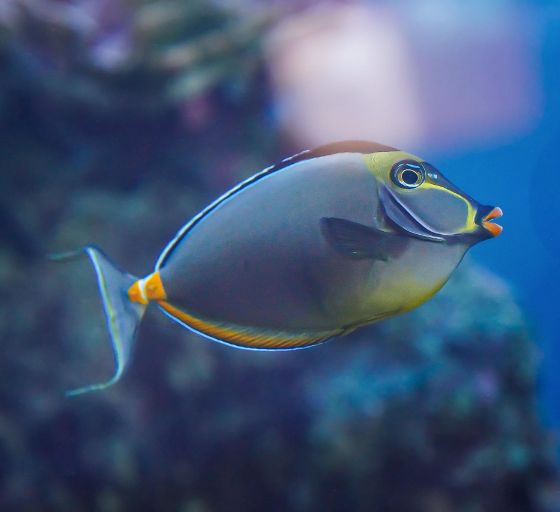
Wildlife
Seabirds crowd the steep slopes of Molokini. There are two primary species of nesting birds, Wedge-tailed Shearwaters and Bulwer’s Petrels. Over a thousand pairs nest in the rocky cliffs. The vast majority are Shearwaters, which feed at sea during the day, returning to their nests and chicks at night.
Brown Boobies also roost at Molokini, along with large Frigate birds, whose wingspan can reach 7 feet across. The Frigate birds with superior flying skills harass other seabirds until they drop their food, which the Frigate bird recovers in mid-air. Hawaiians named them Iwa birds, which translated means thief.
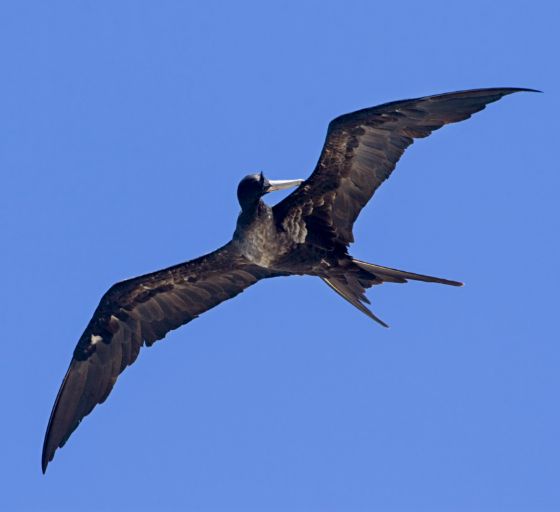
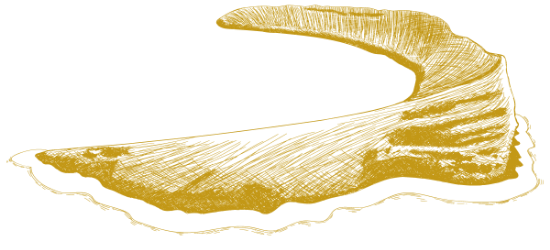
Two boats, two adventures
Which one
will you choose?
You can sail to Molokini Crater in two ways: on the smaller Pride of Maui ‘Elua, with a capacity of up to 40 people, or the larger catamaran Pride of Maui for up to 149 people.
Pride of Maui
Learn more about Pride of MauiPride of Maui ‘Elua
Learn more about Pride of Maui 'EluaImportant info to know
Molokini
Crater
history
The tiny, crescent-shaped islet of Molokini lies 3 miles offshore of Haleakalā volcano, East Maui. Molokini is a volcanic cone that rises about 500 ft from the submarine flank of Haleakalā to a summit only 162 ft above sea level. The cone is capped by a crater 1,770 feet in diameter, although the northern rim is below sea level, and the sea floods the crater.
According to an age measured from lava fragments contained in the cone, it was active about 230,000 years ago, give or take 90,000 years. While the neighboring Haleakalā volcano has erupted dozens of times since then, it is generally believed that Molokini’s eruption was the initial event that formed the crater in which we snorkel today.
Because this lava flow occurred underwater, it cooled very quickly, so much of it turned into volcanic glass. Volcanic glass breaks down into a dark yellow clay, which is why Molokini is shaded very differently from the reddish volcanic cinder cones you’ll find on land.
During World War II, Molokini was used for target practice. Bombing and strafing left impact craters, shrapnel, and bullets along the slopes of Molokini, still visible today. It is believed that roosting and nesting birds avoided Molokini during the War, because of target practice and strafing maneuvers.
Wind and rain have eroded part of the exposed cone over the centuries to give it the crescent shape for which it is now known. Because of the sheltering “arms” created by nature, the islet has been a haven for sea life and corals for many centuries.
Ancient Hawaiian
Legend of
Molokini
As Hawaiian legends go, this one is reasonably consistent: The fire goddess, Pele, was in love with a prince (who took the form of a Moʻo, or sacred lizard), but the prince fell in love with another woman. In her fury, Pele took revenge and, depending on which version of the story you hear, rendered either Moʻo or the woman in half in a jealous rage.
According to the legend, Molokini Crater is the tail end of the Moʻo, and the head is “Red Hill,” the red cinder cone of Puʻu Olai across the channel. Legends of Molokini and stories may differ, but the fact remains: You don’t mess around with Madame Pele’s emotions.
While most legends focus on Pele and the Moʻo, deeper cultural layers connect Molokini and its surrounding waters to Kanaloa, the Hawaiian god of the ocean and deep-sea voyaging.
What
awaits you
Snorkeling at Molokini Crater is unlike any other Maui snorkeling experience because of its unique dynamics and underwater majesty. Molokini has beautiful coral reefs and marine animals for guests to see. With over 200 species of fish, many endemic to Hawaii, exploring the coral reef is the experience of a lifetime.
While snorkeling, you might even have the rare treat of seeing the gentle Whale Shark, as it is known to visit Molokini. Whale sharks are very large plankton feeders (aka vegetarians) and are not a threat to humans.
The best snorkel spots
Molokini Crater
TAKO FLATS
A shallow channel with coral heads, Tako Flats is an area of Molokini where you can find marine life including octopus, Manta ray, nudibranchs and barracudas. Good for beginner to intermediate divers.
MIDDLE REEF
A large mount that rises in the center of Molokini, the Middle reef is home to a variety of tropical fish, including trumpetfish, butterflyfish, whitetips, and Giant Trevally. Ideal for beginner and intermediate divers.
REEF’S END
Reef’s End is the western tip of the Molokini Crater. It’s a long healthy reef covered in Cauliflower coral and features a wealth of life, including reef sharks, morays, Squirrelfish, and Giant Trevally. Perfect for beginner divers and snorkelers.
SHARK CONDOS
Down around 130 feet, you’ll find harmless reef sharks and lobster hiding in the caves and underwater platforms.
ENENUE
This side of the Molokini starts around 30 feet and slopes down to about 60 feet. If you’re close to the crater wall, you’ll find an abundance of butterflyfish in the shallow areas. Suitable for divers at the beginner or intermediate level.
FLYING SEA CLIFFS
A favorite for scuba divers that love the many hanging shelves around 50 feet down. Beneath the main shelf is another 80 feet of water before reaching the bottom. Under the ledges, red sponges and tube coral can be seen only with powerful lights.
Frequently Asked Questions About Molokini Crater
Molokini Crater is a crescent-shaped, partially submerged volcanic crater off the coast of Maui, Hawaii. It is a popular snorkeling and diving destination known for its crystal-clear waters and abundant marine life.
Molokini Crater was formed over thousands of years through volcanic activity and erosion. It is what remains of an ancient cinder cone that eroded and partially sank into the ocean, leaving behind a distinctive crescent shape.
Molokini Crater is roughly 2.5 miles off the southwest coast of Maui, making it easily accessible by boat from Ma’alaea Harbor.
Visitors to Molokini Crater can enjoy various activities such as snorkeling, scuba diving, and wildlife viewing. The clear waters provide excellent visibility, allowing guests to explore the vibrant coral reefs and encounter a wide range of marine species.
Molokini Crater is a designated Marine Life Conservation District and a Hawaii State Seabird Sanctuary. This protection ensures the preservation of its unique marine ecosystem and bird habitat.
Molokini Crater is home to a diverse array of marine life, including colorful reef fish, sea turtles, eels, octopuses, and various species of coral. If you’re visiting Molokini during the winter, you might even see the majestic North Pacific humpback whales during their annual migration to Maui’s waters.
To visit Molokini Crater, you can book a snorkel tour or whale watching tour with Pride of Maui. Making reservations in advance is recommended, especially during peak tourism seasons. Secure your spot for an unforgettable experience with Pride of Maui. We’re looking forward to meeting you on board!
Yes, Molokini is what remains of a volcano. It is a volcanic cone that rises about 500 feet from the submarine flank of Haleakala to a summit that is only 162 ft above sea level. In ancient times, Molokini’s peak may have been as high as 500 feet above sea level. Years of rain and wind have eroded the rim. Once the north rim “sank” below sea level, the ocean streamed into the crater. Over time, a coral reef formed inside the protective arms of the crater, creating a shelter from the strong winds and waves. As a result, the waters around Molokini are now designated as a Marine Life Conservation District, protecting 260 breeds of fish and 38 coral species.
Molokini is about an hour from the harbor. Its isolation is one of the reasons why the water is so clear. It’s a very scenic cruise to Molokini and once there you will be glad you came.
The short answer is yes. One of the more common species of shark at Molokini Crater is the white-tipped reef shark. This shark gets its name from the white tip on its dorsal fin, and they average 4.5 ft in length. The white tip shark is docile during the day and can be found cruising along the bottom of the reef.
In Hawaiian legend, Molokini (whose name means “many ties”) was once a beautiful woman.
Molokini last erupted approximately 230,000 years ago.
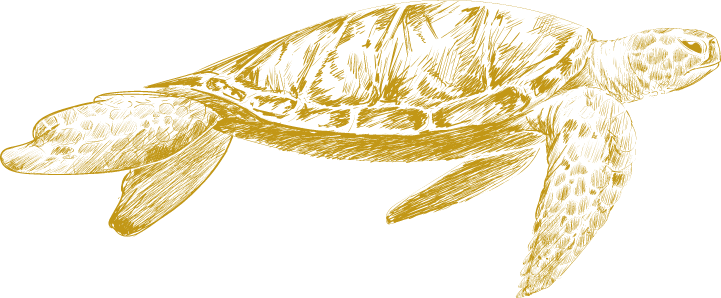
Where We Will Snorkel
Visit Maui’s top snorkeling destinations like:

